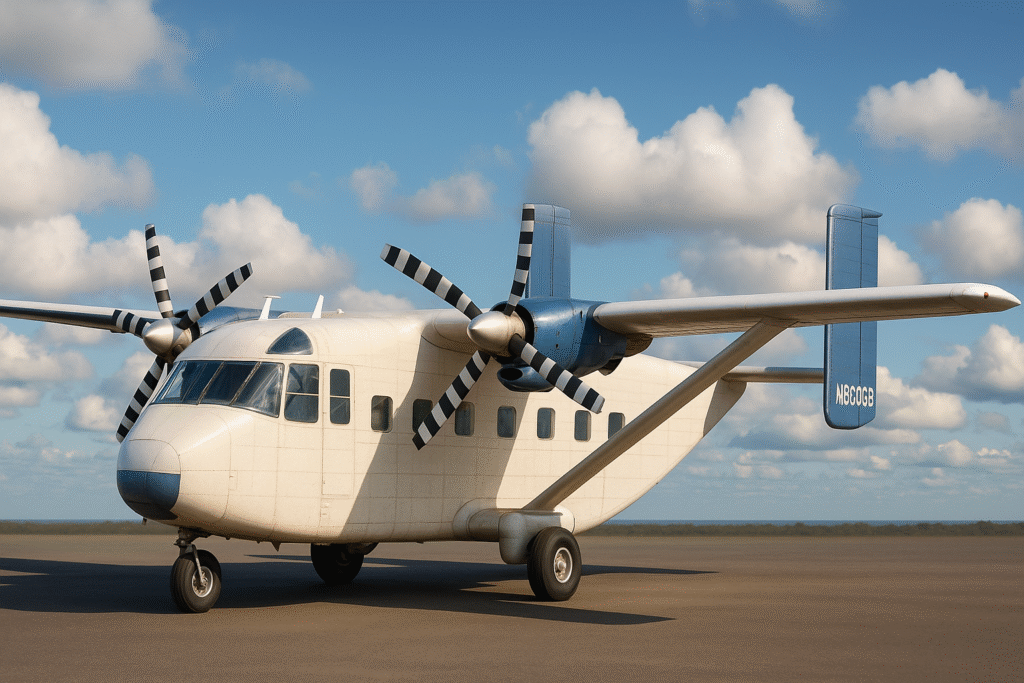The aircraft in question, inspired by the legendary Short SC.7 Skyvan, is a high-wing, twin-turboprop design known for its rugged versatility, boxy fuselage, and remarkable short takeoff and landing (STOL) capabilities. With its rear loading ramp, high payload capacity, and ability to operate from unprepared runways, this aircraft is a proven workhorse in demanding environments.
Under the vision of Low Cost Aircraft Design, this model becomes the ideal platform for a new generation of affordable, mission-ready aircraft. Its simple design, reliable systems, and cost-effective construction make it perfect for:
- Rural cargo transportation
- Humanitarian aid delivery
- Medical evacuation (MEDEVAC)
- Border patrol and surveillance
- Passenger shuttle services in remote areas
By leveraging lightweight materials, efficient engines, and a modular interior, the aircraft reduces both acquisition and maintenance costs. This makes it an attractive solution for developing regions, low-cost carriers, and government agencies seeking robust performance without financial burden.
In a world increasingly in need of accessible aviation, this aircraft represents a new standard in practical, economic, and multi-role flight operations.
Short SC.7 Skyvan, often nicknamed the “Flying Shoebox” due to its boxy shape. It’s a British 19-seater twin-turboprop aircraft designed for short takeoff and landing (STOL) capabilities.
Key identifying features:
- Boxy fuselage with a high-wing configuration.
- Twin turboprop engines with 5-bladed propellers.
- Twin vertical stabilizers (tail fins) with a horizontal stabilizer connecting them.
- Fixed tricycle landing gear.
- Rear loading ramp (not visible from this angle but common in this aircraft).

